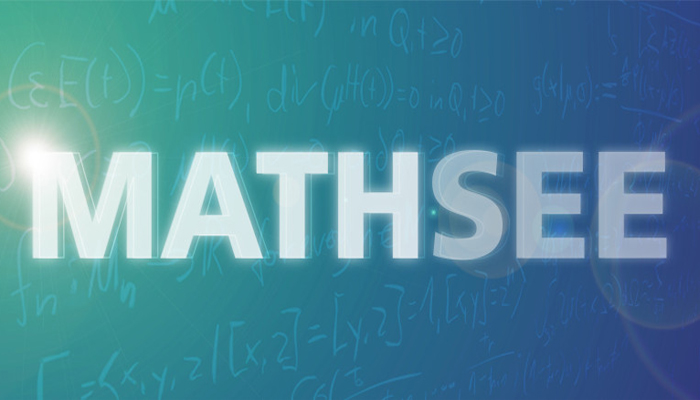
Motivation for joining MathSEE?
Video Portraits of our Members
Visit one of our research seminars for latest results and updates on applications of mathematical methods
Upcoming and Past Seminars
Get to know KCDS!
More Information"Mathematics in Sciences, Engineering, and Economics"
The KIT Center "MathSEE" (Mathematics in Sciences, Engineering, and Economics) pools the interdisciplinary mathematical research at KIT since October 2018. The Collaborative Research Center 1173 "Wave Phenomena: Analysis and Numerics" and other existing cooperations form the basis for the establishment of MathSEE. Our members from the career level doctoral researcher onwards work together in exchange formats and interdisciplinary research projects structured in Method Areas. MathSEED through its umbrella graduate school offers a comprehensive program for early career researchers and master students to foster interdisciplinary training. Our graduate school KCDS provides structured program for doctoral students in computational and data science. MathSEE offers to strengthen interdisciplinary mathematical research at KIT and its visibility.
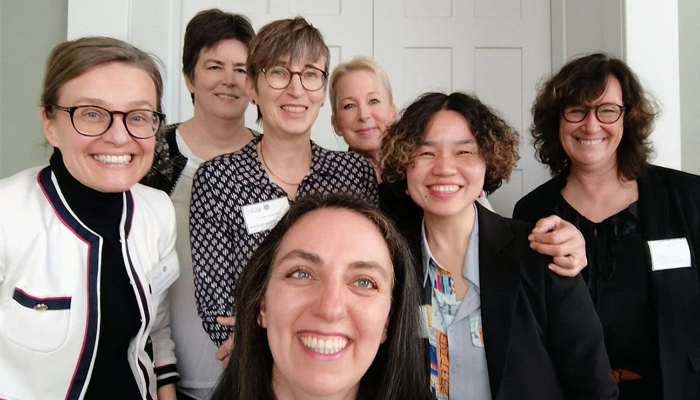
Asset allocation and asset pricing in regulated markets and institutions is one of 7 research units that was awarded funding by the German Research Foundation, on July 2nd, 2025, for the first funding period. With MathSEE steering board member, Prof. Dr. Nicole Bäuerle, as co-speaker of the research unit and Prof. Dr. Melanie Schienle as PI, we are very pleased and honored to make this announcement. The research unit comprises of 6 institutions including University of Ulm, Karlsruhe Institute of Technology, University of Munster, University of Tübingen, University of Duisburg-Essen and University of Paderborn.
More Information
JProf. Manuel Krannich received the coveted ERC Starting Grant for “Manifolds and Functor Calculus” at the Institute for Algebra and Geometry for a period of five years (2026–2031). The research project will be funded with €1.5 million and is another success for interdisciplinary mathematical research at KIT. We warmly congratulate on the great success!
Profile-JProf Manuel Krannich
What role can AI play not only in modernizing the current society and impacting the global future through innovations but also in understanding history, culture and civilizations will be explored at the Berlin Science Week in a panel discussion on November 5th, 2025 with MathSEE member Prof. Nadja Klein.
Berlin Science Week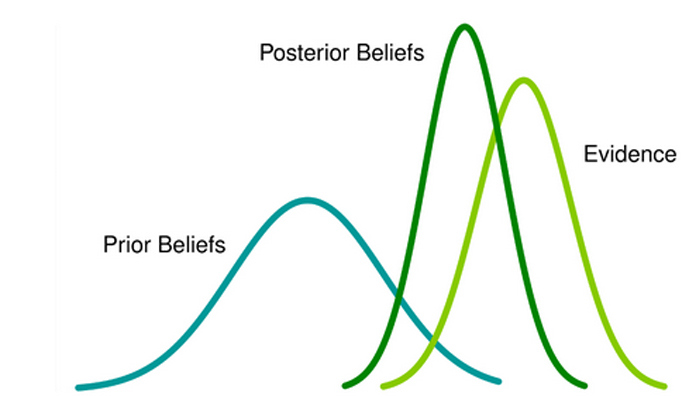
In this project, researchers are developing a general causal foundation model, including high-dimensional, temporal and multimodal data using tolls from representation learning, statistical efficiency theory
and specific ML methods. To enhance efficiency, techniques for efficient learning algorithms specifically tailored to causal machine learning are being investigated, such as synthetic pre-training, transfer learning, and few-shot learning.
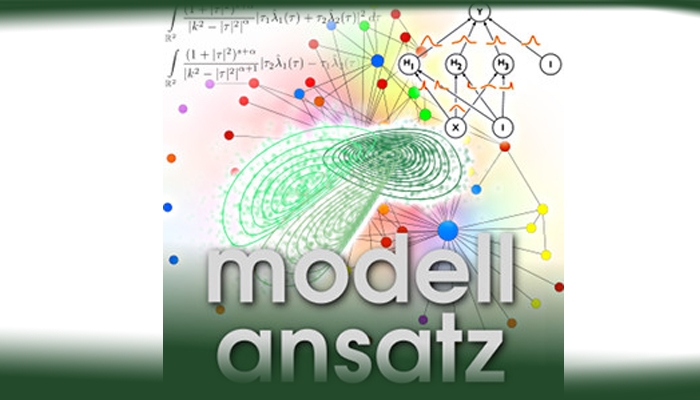
Gudrun Thäter talks to Nadja Klein and Moussa Kassem Sbeyti on mathematical method development at the intersection of statistics and machine learning, in particular on Bayesian methods, which allows the incorporation of prior knowledge, quantification of uncertainties bringing insights into the black boxes of machine learning
Modellansatz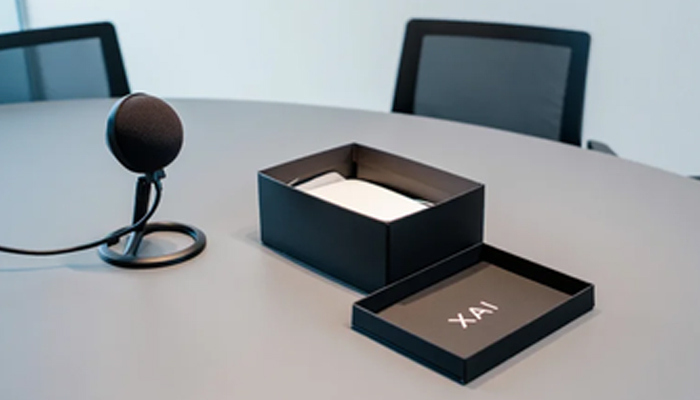
With their research on explainable AI, Prof. Nadja Klein and Tim Bündert aim at solving the black box problem of how AI models work and what goes on in the background
KIT Podcast: Campus Report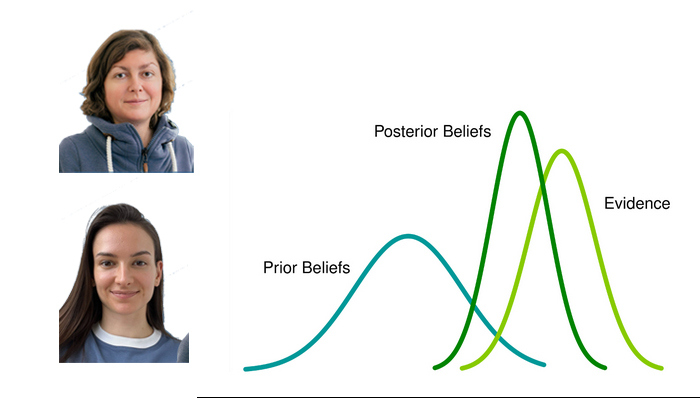
Prof. Nadja Klein and Clara Hoffmann were awarded the prestigious Mitchell Prize 2024 for their paper titled "Marginally calibrated response distributions for end-to-end learning in autonomous driving" by the Inernational Society of Bayesian Analysis (ISBA). The Mitchell Prize is awarded in recognition of an outstanding paper that describes how a Bayesian analysis has solved an important applied problem. Warmest congratualtions to the MathSEE members.
Mitchell Prize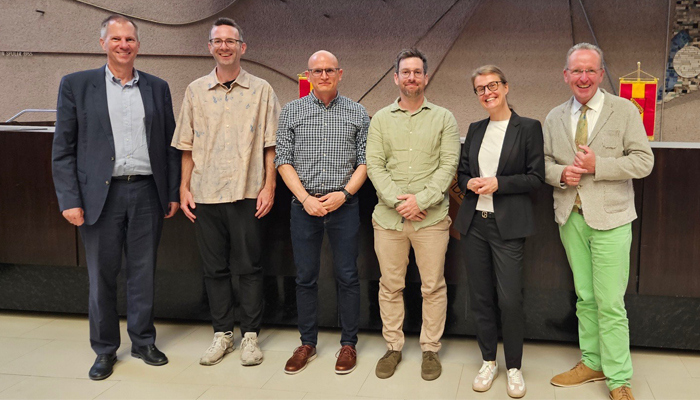
A very successful and engaging "KIT im Rathaus" concluded on July 16th, 2025 with 4 insightful talks, 12 posters and an exhibit. Organized in cooperation with FORUM/KIT, the event was attended by 165 visitors on the evening of July 14th, 2025. For program & details, please visit our webpage. Image-Copyright: FORUM/Grünschloss.
More Impressions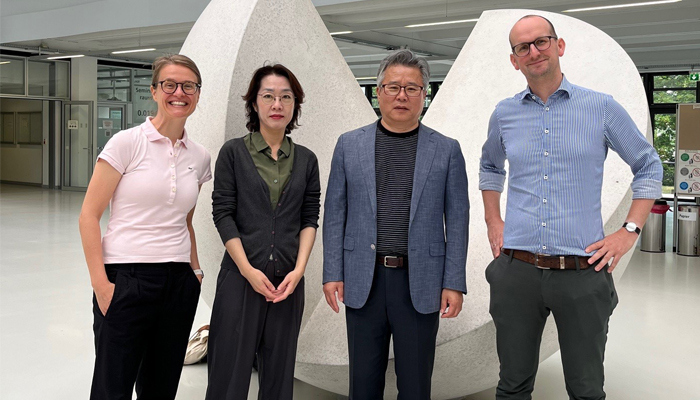
On July 11th, Distinguished Prof Byeong Park from Seoul National University and Prof Young Kyung Park from Kangwon National University, Seoul visited KIT Center MathSEE to discuss cooperation opportunities.
